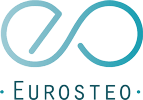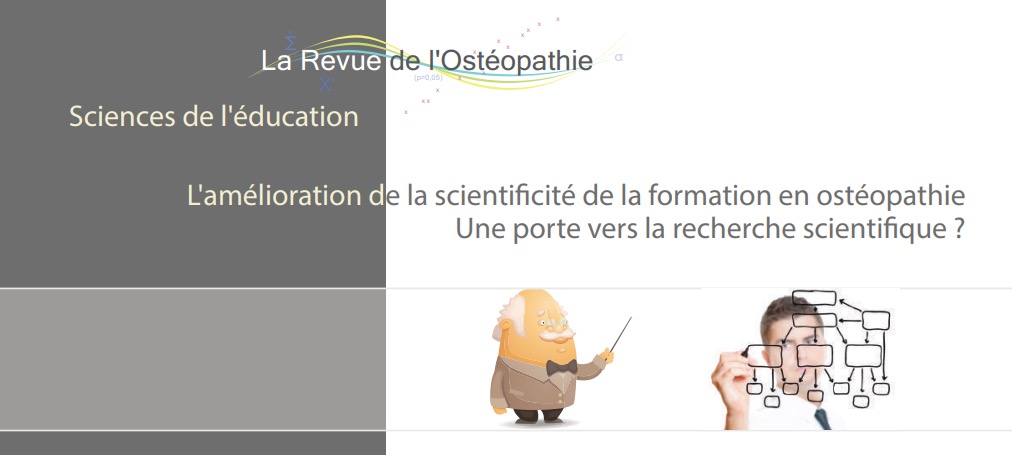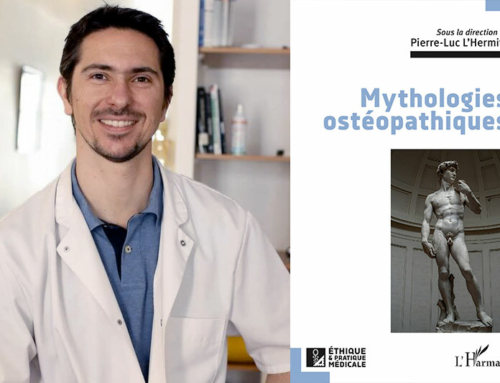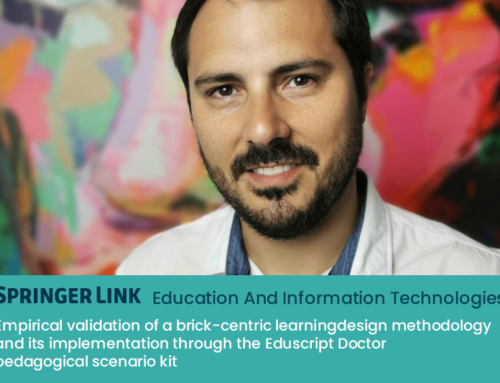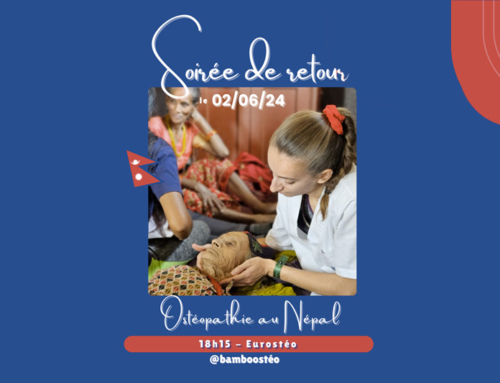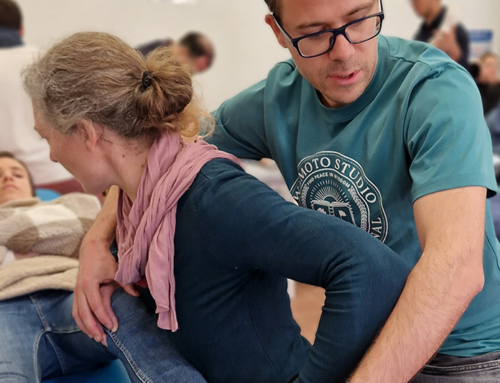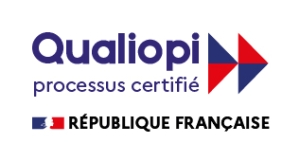Improving the Scientificity of Osteopathic training: a path toward Scientific Research
Auteurs : Emmanuel Burguete, Jérôme Nourry, Florent Brière, Jessica Ropert et Cédric Scribans
Abstract: In order for a profession to be scientifically independent, it needs to be able to self-assess. Today, due to a lack of osteopath researchers, Osteopathy cannot, yet, self-assess, thus cannot justify its efficiency in front of Patients and Public Authorities. The Osteopathic cursus always aimed to train physicians and not researchers. We think this has to change. The scientific Identity of the students can be improved through two channels: first within training, and secondly in using their University trained teachers as role-models. In order to identify the fields of research that will be necessary to improve the quality of an osteo[1]pathic treatment, we devised a model for Data analysis. This model aims to identify possible interactions between an osteopath, a patient and Osteopa[1]thy. From this model, we suggest first to alter the syllabus in research Methods through hybrid teaching, then to integrate the osteopathic diagnosis within an engineering process in order to identify exactly when a scientific input is required.
Résumé : Pour qu’une profession puisse être autonome scientifiquement, il faut qu’elle soit en mesure de s’autoévaluer. Aujourd’hui, faute de suffisamment de cher[1]cheurs ostéopathes, l’ostéopathie n’a pas encore la capacité d’effectuer cette mission et donc de justifier auprès des patients et des pouvoirs publics de son efficacité. Le cursus de formation en ostéopathie a toujours eu pour vocation de former des praticiens et non des chercheurs. Nous pensons que cela doit évo[1]luer en améliorant l’identité scientifique des étudiants à la fois par la formation, mais aussi en utilisant comme modèles leurs formateurs qui vont se former à l’université. Afin d’identifier les champs de recherche qui seront nécessaires à l’amélioration de la qualité d’une consultation en ostéopathie, nous avons mis au point une grille d’analyse sous forme de modèle qui a vocation à repérer les relations possibles entre un ostéopathe, un patient et l’ostéopathie. À partir de ce modèle, nous proposons d’abord une adaptation du cursus en méthodolo[1]gie de recherche en hybridant la formation. Ensuite, nous proposons d’intégrer le diagnostic ostéopathique dans un processus d’ingénierie afin d’identifier les moments précis pour lesquels un apport scientifique est requis.
